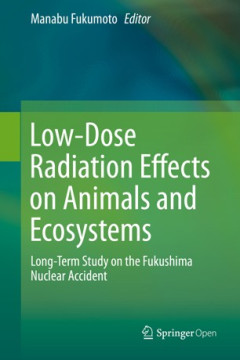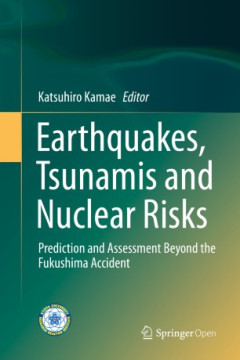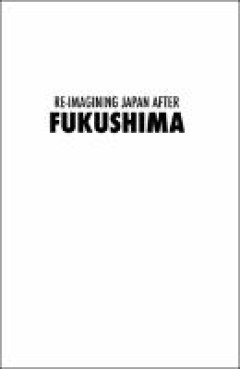Ditapis dengan

Radiological issues for Fukushima's revitalized future
This book overviews environmental issues 4 years after the Fukushima nuclear accident, covering a wide range of areas related to radiation and radioactivity. The topics discussed are necessary to make clear the relationship between the results of research and Fukushima’s revitalized future. The chapters are divided into four parts: Part 1 presents the identification of radionuclides in soil a…
- Edisi
- -
- ISBN/ISSN
- 9784431558484
- Deskripsi Fisik
- xiii, 232p. : ill.
- Judul Seri
- -
- No. Panggil
- 363.738 RAD r

Low-dose radiation effects on animals and ecosystems :long-term study on the …
This open access book summarizes the latest scientific findings regarding the biological effects of the Fukushima Daiichi Nuclear Power Plant (FNPP) accident in 2011. Various cases of changes in animals and organisms have been reported since the FNPP accident. However, it is often unknown whether they are actually due to radiation, since the dose or dose-rate are not necessarily associated w…
- Edisi
- -
- ISBN/ISSN
- 9789811382185
- Deskripsi Fisik
- xv, 264p. : ill.
- Judul Seri
- -
- No. Panggil
- 621.4835 LOW l

Radiological issues for Fukushima's revitalized future
This book overviews environmental issues 4 years after the Fukushima nuclear accident, covering a wide range of areas related to radiation and radioactivity. The topics discussed are necessary to make clear the relationship between the results of research and Fukushima’s revitalized future. The chapters are divided into four parts: Part 1 presents the identification of radionuclides in soil a…
- Edisi
- -
- ISBN/ISSN
- 9784431558484
- Deskripsi Fisik
- xiii, 232p. : ill.
- Judul Seri
- -
- No. Panggil
- 363.738 RAD r

Earthquakes, tsunamis and nuclear risks :prediction and assessment beyond the…
This book covers seismic probabilistic risk assessment (S-PRA) and related studies which have become more important to increase the safety of nuclear facilities against earthquakes and tsunamis in the face of the many uncertainties after the Fukushima accident. The topics are (1) Active faults and active tectonics important for seismic hazard assessment of nuclear facilities,(2) Seismic source …
- Edisi
- -
- ISBN/ISSN
- 9784431558224
- Deskripsi Fisik
- xii, 177p. : ill.
- Judul Seri
- -
- No. Panggil
- 621.4835 EAR e

Re-imagining Japan after Fukushima
"The 2011 Tōhoku earthquake, tsunami and Fukushima nuclear disaster (collectively referred to as ‘3.11’, the date of the earthquake), had a lasting impact on Japan’s identity and global image. In its immediate aftermath, mainstream media presented the country as a disciplined, resilient and composed nation, united in the face of a natural disaster. However, 3.11 also drew worldwide atten…
- Edisi
- -
- ISBN/ISSN
- 9781760463540
- Deskripsi Fisik
- ix, 163 p.
- Judul Seri
- -
- No. Panggil
- 952.04 MIH r
 Karya Umum
Karya Umum  Filsafat
Filsafat  Agama
Agama  Ilmu-ilmu Sosial
Ilmu-ilmu Sosial  Bahasa
Bahasa  Ilmu-ilmu Murni
Ilmu-ilmu Murni  Ilmu-ilmu Terapan
Ilmu-ilmu Terapan  Kesenian, Hiburan, dan Olahraga
Kesenian, Hiburan, dan Olahraga  Kesusastraan
Kesusastraan  Geografi dan Sejarah
Geografi dan Sejarah